The culinary world is replete with terms that spark curiosity, and “half-baked cheesecake” is no exception. This delectable dessert, beloved across Asia and gaining popularity globally, derives its name from a seemingly paradoxical cooking method. To understand why it is called “half-baked,” one must delve into its history, culinary techniques, and the science behind its creation. This article explores the origins of half-baked cheesecake, dissects its unique production process, and explains how its name reflects a delicate balance between tradition and innovation.
A Brief History of Cheesecake: From Ancient Recipes to Modern Twists
Cheesecake’s story begins in ancient Greece, where it was served to athletes during the first Olympic Games in 776 BCE. Early versions used fresh cheese, honey, and wheat flour, baked until firm. Over centuries, the recipe evolved across Europe, with variations emerging in Germany, Italy, and France. The modern cheesecake as we know it—rich, creamy, and often baked—was popularized in the United States during the 19th century, thanks to the advent of cream cheese.
The half-baked cheesecake, however, is a relatively recent invention. It emerged in Japan during the 1980s, a period when the country was experiencing a甜品 (sweet dessert) revolution. Bakers began experimenting with Western-style desserts, adapting them to suit local tastes. Traditional baked cheesecakes, while beloved, were deemed too dense or dry for Japanese palates. This led to innovations in texture and moisture retention, culminating in the creation of the “half-baked” style.
The Culinary Alchemy: What Does “Half-Baked” Really Mean?
The term “half-baked” is misleading at first glance. It does not imply that the cheesecake is undercooked or unsafe to eat. Instead, it refers to a precise cooking technique that stops short of fully setting the cake’s center. The result is a dessert with a custard-like interior, a lightly browned top, and a velvety texture that melts in the mouth.
To achieve this, bakers employ a two-step process:
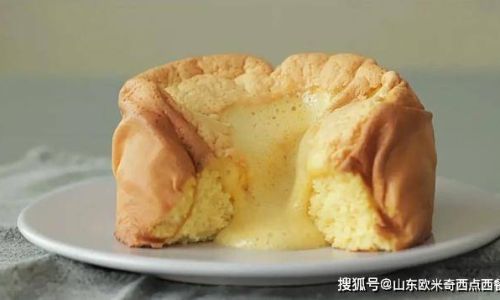
- Low-Temperature Baking: The cheesecake is baked at a lower temperature (around 150°C/300°F) compared to traditional recipes (which often use 175°C/350°F or higher). This slower cooking prevents the eggs and cheese from curdling too quickly, preserving moisture.
- Premature Cooling: After a short baking period (usually 15–20 minutes), the cheesecake is removed from the oven while the center remains wobbly. Residual heat continues to cook the center gently, creating a semi-solid state.
This method contrasts with fully baked cheesecakes, which are cooked until the entire cake sets, often resulting in a denser, drier texture. The “half-baked” approach prioritizes creaminess over firmness, appealing to those who prefer a lighter, less cloying dessert.
The Science of Denaturation: How Proteins and Starches Behave
The name “half-baked” is rooted in the science of protein denaturation and starch gelatinization. Cheesecake batter primarily consists of cream cheese, eggs, sugar, and sometimes flour or cornstarch. During baking, these ingredients undergo chemical transformations:
- Egg Proteins: When heated, egg proteins (mainly ovalbumin) unwind and form new bonds, a process called denaturation. In traditional cheesecakes, prolonged baking causes these proteins to coagulate thoroughly, creating a firm structure. In half-baked versions, the process is interrupted, leaving some proteins partially denatured. This results in a softer, more fragile crumb.
- Starch Gelatinization: Flour or cornstarch in the batter absorbs liquid and swells when heated, thickening the mixture. In half-baked cheesecakes, starch gelatinization is incomplete, contributing to the dessert’s moist consistency.
- Moisture Retention: Lower baking temperatures reduce evaporation, trapping more water within the cake. This explains why half-baked cheesecakes are notably more hydrated than their fully baked counterparts.
These scientific principles justify the name: the cheesecake is not fully cooked in the conventional sense, as its structural components remain partially undeveloped.
Cultural Adaptation: Why “Half-Baked” Resonates in Asia
The half-baked cheesecake’s success in Asia stems from its alignment with regional preferences. In Japan, for example, desserts often prioritize subtle sweetness and delicate textures over richness. The half-baked style’s lightness makes it less heavy than New York-style cheesecake, which can be overly indulgent for some.
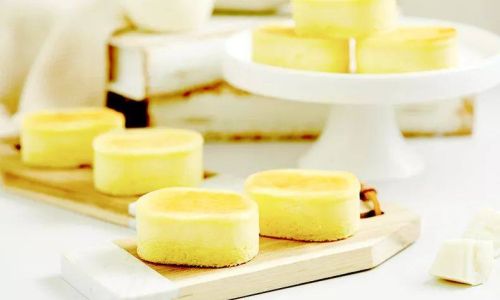
Moreover, the dessert’s appearance plays a role. The contrast between the slightly browned top and the pale, jiggly center is visually appealing, making it Instagram-worthy. Social media has amplified its popularity, with bakers and foodies sharing videos of the cake’s satisfying wobble.
In China, half-baked cheesecake became a sensation in the 2010s, with chains like LeTao and Monsieur Monsieur opening outlets to meet demand. The dessert’s name, translated as “半熟芝士” (bàn shú zhī shì), directly references its partially cooked state, reinforcing its novelty.
Misconceptions and Clarifications: Is It Safe to Eat?
A common concern about half-baked cheesecake is food safety. Since the center remains undercooked, some worry about bacterial contamination. However, commercial recipes use pasteurized dairy products and high-temperature baking (even if brief) to eliminate pathogens. The low pH of cream cheese (around 4.5) further inhibits bacterial growth.
Home bakers must exercise caution, though. Using unpasteurized cheese or undercooking the batter could pose risks. Most recipes recommend baking until the edges are set but the center reaches at least 65°C (149°F), ensuring safety without overcooking.
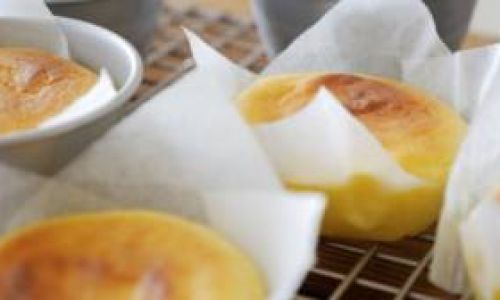
The Art of Tasting: Flavor Profile and Pairing Suggestions
Half-baked cheesecake’s texture is its defining feature, but its flavor is equally nuanced. The reduced baking time preserves the tanginess of cream cheese, resulting in a brighter, fresher taste compared to fully baked versions, which can taste muted or caramelized.
Pairing suggestions include:
- Fruit Compotes: Berries or citrus cuts through the richness.
- Green Tea: Matcha’s bitterness complements the cheese’s creaminess.
- Light Whipped Cream: Enhances the dessert’s airiness.
Avoid heavy toppings like chocolate ganache, which can overwhelm the delicate balance.
Global Influence: How “Half-Baked” Inspired New Trends
The half-baked cheesecake’s rise has sparked broader culinary experimentation. Bakers now apply the “half-baked” technique to other desserts, such as brownies and custard tarts, seeking similar textures. In South Korea, for example, “half-baked” chocolate cakes have gained traction, offering a fudgy center akin to molten lava cakes.
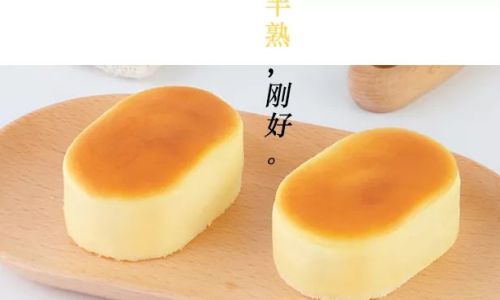
Additionally, the dessert’s name has entered popular culture as a metaphor. In Japanese slang, “half-baked” (ハーフベークド) sometimes describes incomplete efforts or ideas, reflecting the term’s resonance beyond the kitchen.
Conclusion: The Name as a Badge of Innovation
The half-baked cheesecake’s moniker is not a quirk but a testament to culinary precision. By intentionally halting the baking process, chefs achieve a texture that traditional methods cannot replicate. The name encapsulates a philosophy of controlled imperfection, where the dessert’s “unfinished” state becomes its greatest strength.
As global palates evolve, the half-baked cheesecake serves as a reminder of dessert’s boundless potential. It challenges the notion that baking must follow strict rules, inviting bakers and eaters alike to savor the beauty in balance—where a little wobble is not a flaw, but a feature. So the next time you encounter this dessert, remember: its name is not a confession of haste, but a celebration of culinary science and the art of knowing when to stop.
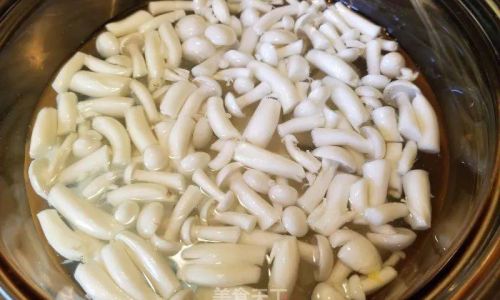
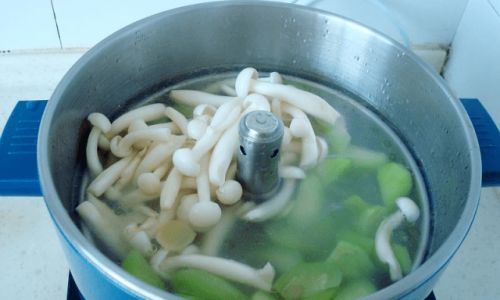
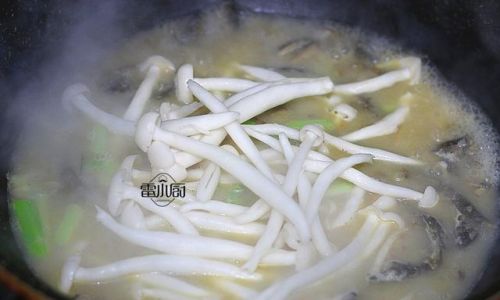


0 comments